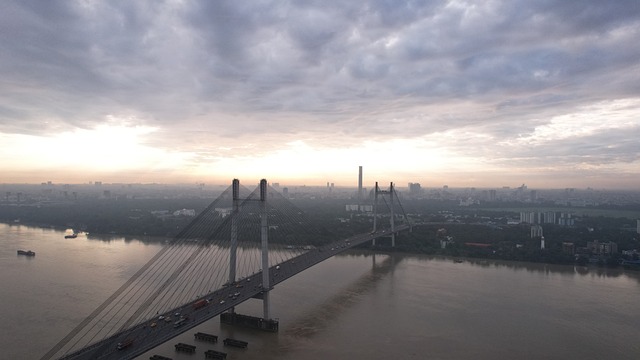India experienced the warmest February this year since 1877, with average maximum temperatures touching 29.54 degree celsius, the Indian Meteorological Department (IMD) said on Tuesday, February 28th.
The IMD also said that the country is less likely to witness heatwaves in March but expected to experience extreme weather conditions in the span of April and May. The press briefing was about the seasonal outlook for the hot weather season March to May (MAM) 2023 and monthly outlook for March 2023 for the rainfall and temperature.
Addressing a virtual press conference, SC Bhan, the head of the Hydromet and Agromet Advisory Services of the IMD, stated that most parts of the country is expected to experience above-normal temperatures while the southern peninsula and parts of Maharashtra are likely to escape the effect of such harsh weather conditions.
During the press conference, Bhan also said that there is an enhanced probability of occurrence of heatwave in central and northwest India during the season (MAM), albeit the probability of occurrence of the same is low in the central region during March.
The average rainfall in the country is likely to be normal in March, whereas below normal rainfall is expected to be witnessed in most parts of northwest India, west central India and some parts of east and northeast India. Normal to above normal rainfall is likely in most parts of peninsular India, east central India and some isolated pockets of northeast India.
While asked by the reporters whether the rising trend of the temperature or the anomaly in the pattern of the rainfall is ascribed to the phenomenon of global warming, Bhan replied, “The entire globe is living in an era of global warming. We are living in a warmer world.” He also added that the monthly average minimum temperature in the India region during February was the fifth highest since 1901.
Furthermore, he told the reporters that the prevailing la nina condition is likely to be weakened and subsequently superseded by el nino in the pre monsoon season. Replying to a question from a reporter, he also commented on the probable adverse effect of the extreme weather conditions on agriculture in the central and northwestern parts of India.




